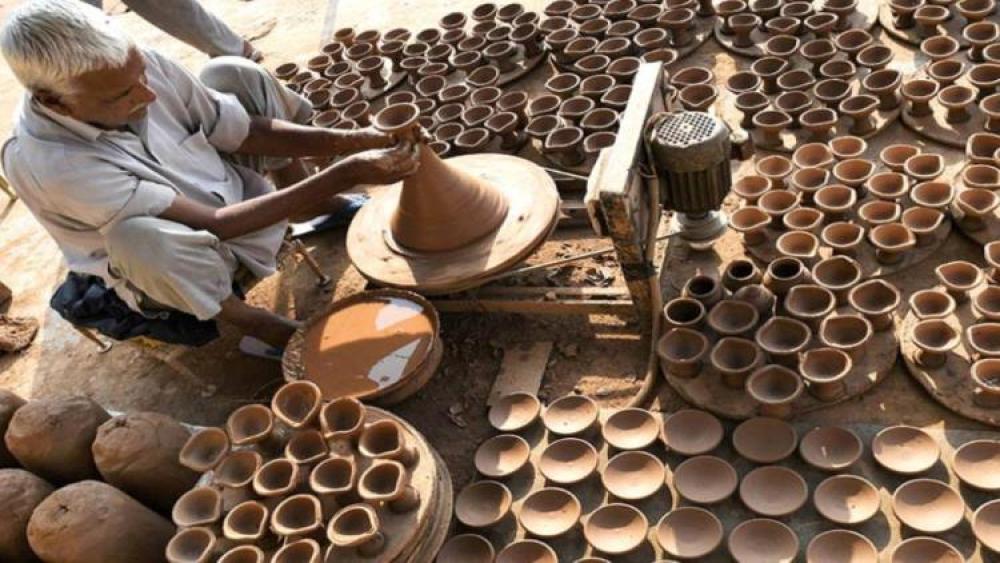Dewandaru: The Fruit of Health and Beauty from Bali

DENPASAR, NETIZENBALI.com - Bali is a popular destination for tourists who want to enjoy the beauty of nature, culture, and cuisine. But did you know that Bali also has a fruit that can offer many benefits for your health and beauty? It’s called dewandaru, and it’s a small fruit that grows on a tree or shrub with scaly brown skin and red, green, or yellow flesh.
Dewandaru, also known as Eugenia uniflora L. or Surinam cherry, is native to Indonesia and belongs to the Myrtaceae family, which includes guava, clove, and eucalyptus. Dewandaru has a sweet and sour taste, with a texture similar to an apple or pear. It can be eaten fresh, made into jam, juice, or wine, or used as a garnish for desserts and cocktails.
But what makes dewandaru so special is its high content of antioxidants, such as phenol, flavonoid, and anthocyanin. These compounds can help protect the body from oxidative stress, which can cause cell damage and lead to various diseases. Dewandaru also contains vitamin C, vitamin A, iron, calcium, potassium, and fiber, which can support the immune system, vision, blood circulation, bone health, digestion, and weight management.
A recent study by researchers from Udayana University in Bali showed that dewandaru fruit extracts can reduce oxidative stress and increase the level of superoxide dismutase (SOD), an enzyme that helps fight free radicals. The study involved 24 rats that were given maximal physical activity exercise and different doses of dewandaru fruit extracts.
The results showed that the rats that received the highest dose of 200 mg/kg body weight had the lowest levels of malondialdehyde (MDA), F2-isoprostane, and 8-OHdG, which are markers of oxidative stress. They also had the highest level of SOD.
Dewandaru fruit not only has benefits for internal health but also for external beauty. Dewandaru fruit can be used as a natural skin care product, as it can help moisturize, brighten, and smooth the skin. Dewandaru fruit can also be used to treat acne, wounds, insect bites, and fungal infections2. Some people even use dewandaru fruit as a natural dye for their hair.
Dewandaru is a fruit that reflects the richness and diversity of Bali’s nature and culture. It is a fruit that can nourish your body and soul with its taste and benefits. Next time you visit Bali, don’t forget to try this fruit of health and beauty.
To grow a dewandaru tree, you need to follow these steps:
Prepare the seeds. You can either buy dewandaru seeds from a nursery or collect them from ripe fruits. If you collect them from fruits, you need to wash and dry them before planting.
Choose a suitable location. Dewandaru trees prefer full sun or partial shade, and well-drained soil. They can grow in various soil types, such as sandy, loamy, or clayey, as long as they are not waterlogged. They can also tolerate salt spray and drought, making them suitable for coastal areas.

Plant the seeds. You can either sow the seeds directly in the ground or in pots. If you sow them in the ground, make sure to space them at least 3 meters apart. If you sow them in pots, use a potting mix that is rich in organic matter and has good drainage. Cover the seeds lightly with soil and water them well.
Care for the seedlings. Keep the soil moist but not soggy, and fertilize them every month with a balanced fertilizer. You can also mulch the soil with organic materials, such as straw, leaves, or grass clippings, to conserve moisture and prevent weeds. Protect the seedlings from pests and diseases, such as aphids, caterpillars, leaf miners, and fungal infections.
Transplant the seedlings. When the seedlings are about 30 cm tall, you can transplant them to their permanent location. Choose a spot that has enough space for the tree to grow and spread. Dig a hole that is twice as wide and deep as the root ball of the seedling. Place the seedling in the hole and fill it with soil. Water it well and stake it if necessary.
Prune the tree. Dewandaru trees can grow up to 5 meters tall and wide, so you may need to prune them regularly to maintain their shape and size. Prune them in late winter or early spring, before they start flowering. Remove any dead, diseased, or damaged branches, as well as any suckers or water sprouts. You can also thin out some of the branches to improve air circulation and light penetration.
By following these steps, you can grow your own dewandaru tree and enjoy its fruits and benefits. (NB)






Related Articles
- Kulhad, Gelas Tanah Liat Tradisional yang Bertahan Melawan Dominasi Gelas Sintetik
- Bupati Adi Arnawa Dukung Diskusi Nasional SMSI Badung tentang Pariwisata Berkualitas
- ‘Margadarshakah’ Gambelan Beleganjur Bali Jadi Tren Velocity di Tiktok
- Pawai Ogoh-Ogoh PAUD di Jembrana, Ajang Tanamkan Budaya Sejak Dini
- SMSI Badung Temui Ketua DPRD, Fokus pada Masa Depan Pariwisata Bali